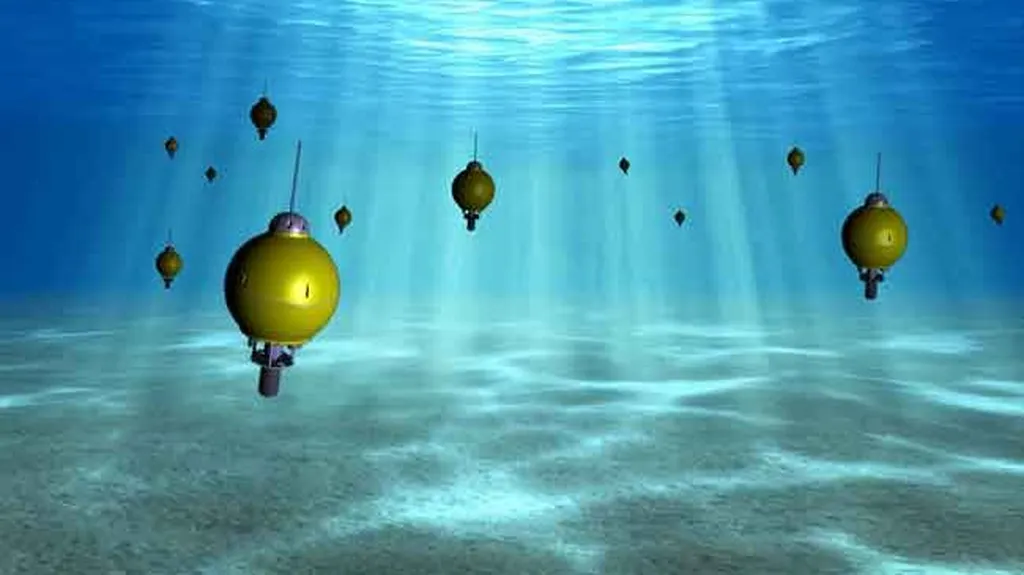Researchers from the University of Strathclyde have developed a groundbreaking underwater navigation system that could revolutionize autonomous underwater vehicle (AUV) operations. The team, led by Susheel Vadakkekuruppath, Herman B. Amundsen, Jason M. O’Kane, and Marios Xanthidis, has introduced SHRUMS, a novel 3D navigation pipeline designed to enhance the capabilities of underwater robots in complex environments.
SHRUMS stands for Sensor Hallucination for Robust Underwater Motion planning with 3D Sonar. This innovative system integrates a compact 3D sonar, a technology that has only recently become available for underwater use. The researchers claim that SHRUMS is the first underwater autonomous navigation stack to utilize a 3D sonar, offering a significant advancement over traditional 2D sonar systems.
The core of SHRUMS lies in its ability to “hallucinate” sensor measurements. This means that the system can simulate data from non-existent sensors with tailored parameters, allowing it to adapt to specific application requirements. This feature is particularly useful in underwater environments where visibility is often poor, and traditional sensors may fail. By generating synthetic sensor data, SHRUMS can maintain robust navigation and motion planning capabilities even in challenging conditions.
The researchers have validated their approach using real 3D sonar sensor data, demonstrating its effectiveness in constructing local maps in real-time. The system’s ability to operate in complex 3D environments with extremely poor visibility conditions sets it apart from existing technologies. This robustness is crucial for AUVs, which often need to navigate through intricate underwater terrains, such as coral reefs, shipwrecks, or deep-sea vents.
The practical applications of SHRUMS are vast. For the marine sector, this technology could enhance the autonomy and efficiency of underwater robots used in various tasks, from scientific research and environmental monitoring to underwater inspections and maintenance. The ability to navigate in low-visibility conditions means that AUVs equipped with SHRUMS could explore previously inaccessible areas, opening up new possibilities for underwater exploration and data collection.
The researchers plan to conduct full field deployments in the near future to further validate the proposed approach. These real-world tests will provide valuable insights into the system’s performance and reliability in diverse underwater environments. As the technology matures, it could become a standard tool for AUVs, significantly advancing the field of underwater robotics and autonomy.
In summary, SHRUMS represents a significant leap forward in underwater navigation technology. By leveraging the power of 3D sonar and sensor hallucination, the system offers a robust and adaptable solution for AUVs operating in complex and challenging environments. As the marine sector continues to embrace autonomous technologies, innovations like SHRUMS will play a pivotal role in shaping the future of underwater exploration and operations. Read the original research paper here.

